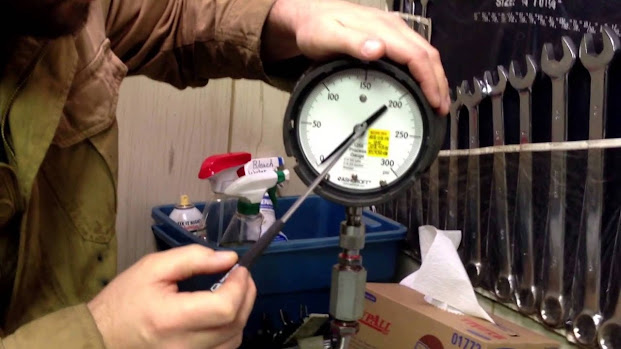Pressure Gauge Calibration: Everything You Must Be Aware Of
The pressure gauge calibration is one of the most important aspects of any industrial process. This process involves calibrating industrial pressure gauges so that they can provide accurate readings. Pressure gauges are used in industries such as oil, gas and petrochemical industry and all other fields where pressure measurements are required.
What Is Pressure Gauge Calibration?
Pressure gauges are used in a wide range of industries to measure the pressure or force of a fluid. They can be found in oil and gas production, aerospace, petrochemical, and other industrial applications.
In order to ensure accuracy throughout the life of a pressure gauge, it is important that it be calibrated regularly. This process ensures that the measurement corresponds to an external reference value and helps maintain accuracy over time.
Calibration is also important for ensuring that the pressure gauge actually measures what it is supposed to measure. It is possible for a pressure gauge to be calibrated incorrectly or have its calibration drift over time, which can cause instrumentation errors and lead to expensive equipment damage.
Why Should You Calibrate Pressure Gauges?
Pressure gauges are used in a variety of industries, including oil and gas, process control and food manufacturing. They are also used by auto mechanics to check tire pressure.
In order to ensure accurate readings, it's important that you calibrate your pressure gauges regularly. This will help you save money by avoiding accidental overfilling or underfilling of containers or equipment that could lead to environmental damage.
When you use a pressure gauge, you want to ensure that it gives you accurate readings. This can be done by calibrating the gauge regularly. You don't need to recalibrate your gauge every time you use it; however, after a few uses, it's important that the accuracy of the reading is checked.
There are two different types of pressure gauges: diaphragm and Bourdon. Diaphragm pressure gauges rely on a flexible rubber membrane that is used to measure changes in air pressure. Bourdon gauge pressure gauges use a coil spring that expands or contracts based on the pressure surrounding it. Both types of gauges need to be calibrated regularly for accurate readings.
Types of Pressure Gauge Calibration
Pressure gauges can be calibrated in three ways. The first way is by measuring the gauge reading against a known reference. The second way is by comparing the gauge reading against a known reference. The third way is by using an electronic calibration device that compares the internal diaphragm of your pressure gauge with an internal diaphragm of a reference standard.
The easiest way to calibrate a pressure gauge is by measuring the gauge reading against a known reference. This can be done in many ways depending on what type of gauge you have and what environment it is used in.
Conclusion
At the end of the day, pressure gauge calibration is an essential part of ensuring that your plant is safe to operate. It can also help you prevent costly damage to your equipment by catching issues before they become serious.
Because pressure gauges are so critical to plant operations, it’s important that they be calibrated regularly and accurately—and fortunately, there are several different types of calibration available for this purpose.


Comments
Post a Comment